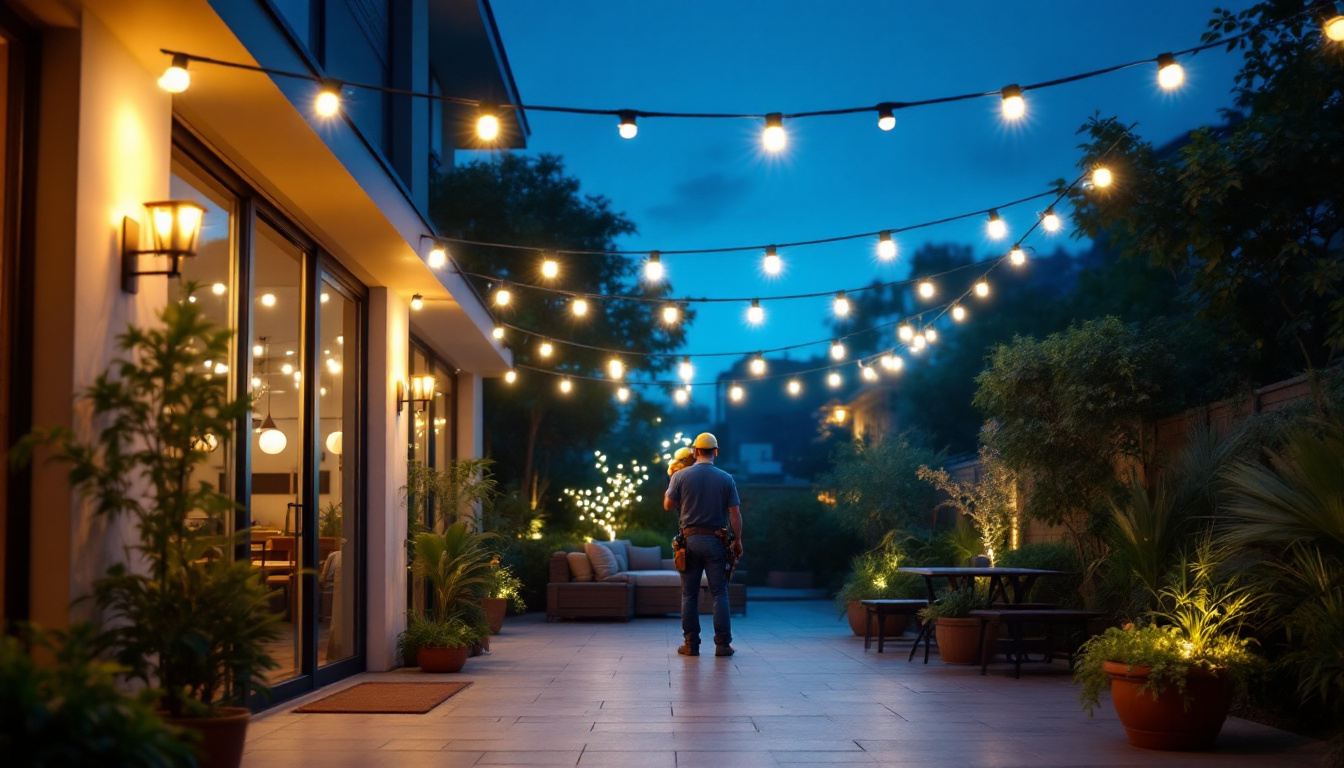
In the realm of outdoor lighting solutions, canopy lights have emerged as an essential component for various applications, particularly in commercial settings. As a lighting contractor, understanding the intricacies of LED canopy lights can significantly enhance project outcomes and client satisfaction. This guide delves into the advantages, installation techniques, and maintenance considerations of LED canopy lights, providing valuable insights for professionals in the field.
LED canopy lights are specifically designed for overhead applications, providing bright and efficient illumination in areas such as gas stations, parking garages, and commercial entrances. Their robust construction and energy-efficient technology make them a popular choice among lighting contractors and property owners alike.
LED canopy lights are fixtures that are mounted directly to ceilings or overhangs, offering a wide beam angle to illuminate large areas effectively. Unlike traditional lighting solutions, these fixtures utilize light-emitting diodes (LEDs) to produce bright light while consuming significantly less energy. This not only reduces electricity costs but also minimizes the frequency of bulb replacements, making them a cost-effective long-term solution.
Moreover, LED canopy lights come in various designs and color temperatures, allowing for customization based on the specific ambiance desired in a space. Whether it’s a warm white light for a cozy atmosphere or a cooler daylight option for enhanced visibility, these fixtures can cater to diverse aesthetic and functional requirements. Their sleek designs also contribute to modern architectural aesthetics, making them an ideal choice for contemporary buildings.
There are several compelling reasons for lighting contractors to recommend LED canopy lights to their clients. First and foremost, energy efficiency is a major advantage. LED technology converts a higher percentage of energy into light, resulting in lower energy bills and a reduced carbon footprint.
Additionally, LED canopy lights have a longer lifespan compared to traditional lighting options. With lifespans often exceeding 50,000 hours, these fixtures require less frequent replacements, which can save both time and labor costs for contractors. The durability of LED lights also means they are less susceptible to breakage, making them suitable for high-traffic areas where traditional bulbs might fail more frequently. This resilience is particularly beneficial in outdoor settings, where weather conditions can pose challenges to less robust lighting solutions.
LED canopy lights are versatile and can be utilized in various settings. Common applications include:
Understanding these applications allows lighting contractors to tailor their recommendations to meet specific client needs. For instance, in gas stations, the brightness and clarity provided by LED canopy lights can significantly enhance safety during nighttime operations, reducing the risk of accidents. In parking garages, the uniform light distribution helps in minimizing shadows, which can deter criminal activity and improve the overall sense of security for users. Furthermore, in commercial entrances, the right lighting can create an inviting atmosphere that encourages foot traffic and enhances the customer experience, ultimately benefiting the business’s bottom line.
Selecting the appropriate LED canopy lights involves considering several factors, including lumens, color temperature, and design. Each of these elements plays a crucial role in achieving the desired lighting effect and overall functionality.
Lumens measure the total amount of visible light emitted by a source. When choosing LED canopy lights, it is essential to select fixtures that provide adequate lumens for the intended application. For instance, a parking garage may require higher lumens to ensure safety and visibility, while a gas station may prioritize a balance between brightness and energy efficiency.
Wattage, on the other hand, indicates the amount of energy consumed by the fixture. LED technology allows for lower wattage while still delivering high lumen output, making it an ideal choice for energy-conscious clients. Additionally, it’s worth noting that the efficiency of LED lights means they produce less heat compared to traditional lighting options, which can lead to lower cooling costs in enclosed spaces.
Color temperature, measured in Kelvin (K), affects the ambiance and functionality of the lighting. For outdoor applications, a cooler color temperature (around 4000K to 5000K) is often preferred, as it mimics daylight and enhances visibility. However, some clients may prefer warmer tones for aesthetic reasons, particularly in commercial settings where ambiance is essential. Understanding the psychological effects of different color temperatures can also guide your choice; cooler lights tend to promote alertness and focus, while warmer lights can create a more relaxed and inviting atmosphere.
The design and durability of LED canopy lights are critical, especially in outdoor applications. Look for fixtures that are weather-resistant and constructed from durable materials, such as aluminum or polycarbonate, to withstand harsh environmental conditions. Additionally, consider the fixture’s aesthetic appeal to ensure it aligns with the overall design of the property. Many modern designs also incorporate sleek, low-profile aesthetics that can enhance the visual appeal of a space while providing functional lighting. Moreover, features such as adjustable mounting options and integrated motion sensors can further enhance the versatility and efficiency of the lighting setup.
Another important aspect to consider is the ease of installation and maintenance. Some fixtures come with user-friendly mounting systems that simplify the installation process, reducing labor costs and time. Furthermore, LED lights generally have a longer lifespan than traditional lighting options, which means less frequent replacements and lower maintenance costs over time. This longevity, combined with their energy efficiency, makes LED canopy lights a smart investment for both commercial and residential properties.
Proper installation of LED canopy lights is vital to ensure optimal performance and longevity. Lighting contractors should follow best practices to avoid common pitfalls and deliver high-quality results to their clients.
Before installation, thorough planning is essential. Assess the site conditions, including the height of the canopy, surrounding structures, and potential obstructions. This assessment will help determine the number of fixtures required and their optimal placement for even illumination.
Additionally, ensure that all necessary tools and materials are on hand before beginning the installation process. This preparation minimizes delays and enhances efficiency. It is also beneficial to create a detailed installation plan that outlines each step of the process, including timelines and responsibilities. Engaging with the client during this phase can provide valuable insights into their specific lighting needs and preferences, ensuring that the final outcome aligns with their vision.
When installing LED canopy lights, electrical considerations are paramount. Ensure that the power source is compatible with the fixtures and that all wiring meets local codes and regulations. It is advisable to consult with a licensed electrician if there are any uncertainties regarding electrical connections.
Furthermore, consider using dimmable LED fixtures or smart lighting controls to provide clients with flexibility in managing their lighting needs. This added feature can enhance energy savings and improve user experience. Incorporating motion sensors can also be a great addition, as they allow for automatic adjustments based on occupancy, further optimizing energy efficiency and extending the lifespan of the fixtures.
After installation, conduct thorough testing to ensure that all fixtures are functioning correctly. Check for even illumination and make any necessary adjustments to the angle or positioning of the lights. This final step is crucial for achieving the desired lighting effect and ensuring client satisfaction.
In addition to checking for functionality, it’s important to evaluate the overall aesthetic appeal of the lighting setup. Consider how the light interacts with the surrounding environment and whether it enhances the safety and ambiance of the area. Gathering feedback from the client during this phase can also lead to valuable adjustments, ensuring that the installation not only meets technical specifications but also aligns with the client’s expectations and enhances their space effectively.
To maximize the lifespan and performance of LED canopy lights, regular maintenance is essential. Lighting contractors should educate clients on proper care and maintenance practices to ensure long-term satisfaction.
Conducting regular inspections of LED canopy lights is vital to identify any issues before they escalate. Look for signs of wear, such as flickering lights or discoloration, which may indicate the need for repairs or replacements. Regular inspections also help maintain a safe environment, particularly in high-traffic areas.
Dust and debris can accumulate on the surface of LED fixtures, reducing their effectiveness and brightness. Regular cleaning with a soft cloth and mild detergent can help maintain optimal performance. Encourage clients to schedule cleaning as part of their regular maintenance routine, especially in environments prone to dirt and grime.
As technology evolves, lighting contractors should stay informed about advancements in LED lighting. Upgrading to newer models with improved efficiency or features can enhance client satisfaction and reduce energy costs. Regularly assess the performance of installed fixtures and recommend upgrades when appropriate.
LED canopy lights represent a significant advancement in outdoor lighting solutions, offering energy efficiency, longevity, and versatility. For lighting contractors, understanding the nuances of these fixtures is essential for delivering exceptional service to clients. From selecting the right products to ensuring proper installation and maintenance, this guide serves as a comprehensive resource for lighting professionals.
By staying informed about the latest trends and technologies in LED lighting, contractors can position themselves as experts in the field, ultimately leading to increased client trust and satisfaction. Embracing LED canopy lights not only enhances project outcomes but also contributes to a more sustainable future in the lighting industry.
Ready to elevate your lighting projects with the efficiency, longevity, and versatility of LED canopy lights? Look no further than LumenWholesale for your lighting needs. We provide contractors with high-quality, specification-grade lighting solutions at unbeatable wholesale prices. Our extensive selection is designed to meet the highest industry standards, ensuring you have access to reliable, high-performance lighting for every project. Plus, with the convenience of free shipping on bulk orders, you can enjoy premium lighting at the best value — without hidden fees or compromises. Make the smart choice for your business and explore our wholesale lighting options today.
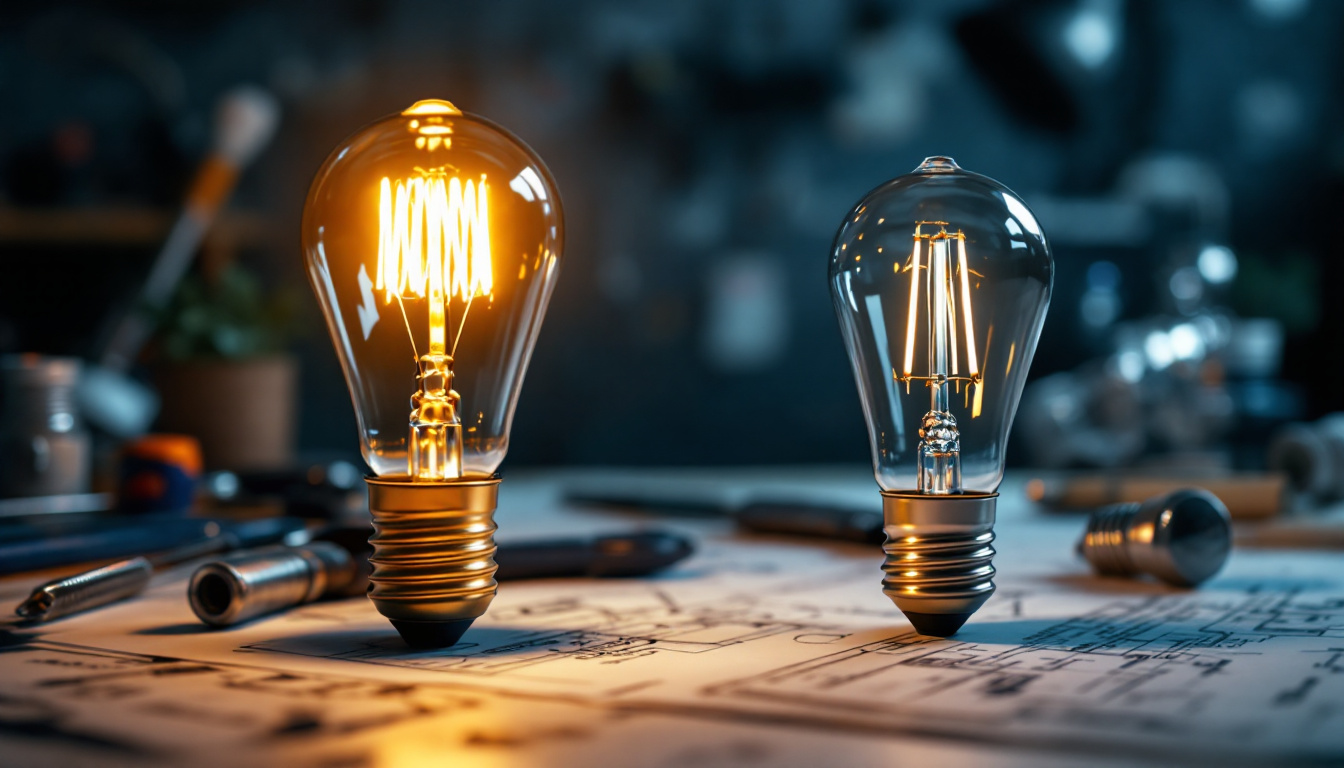
Explore the fascinating history of light bulb invention and discover how modern alternatives stack up.
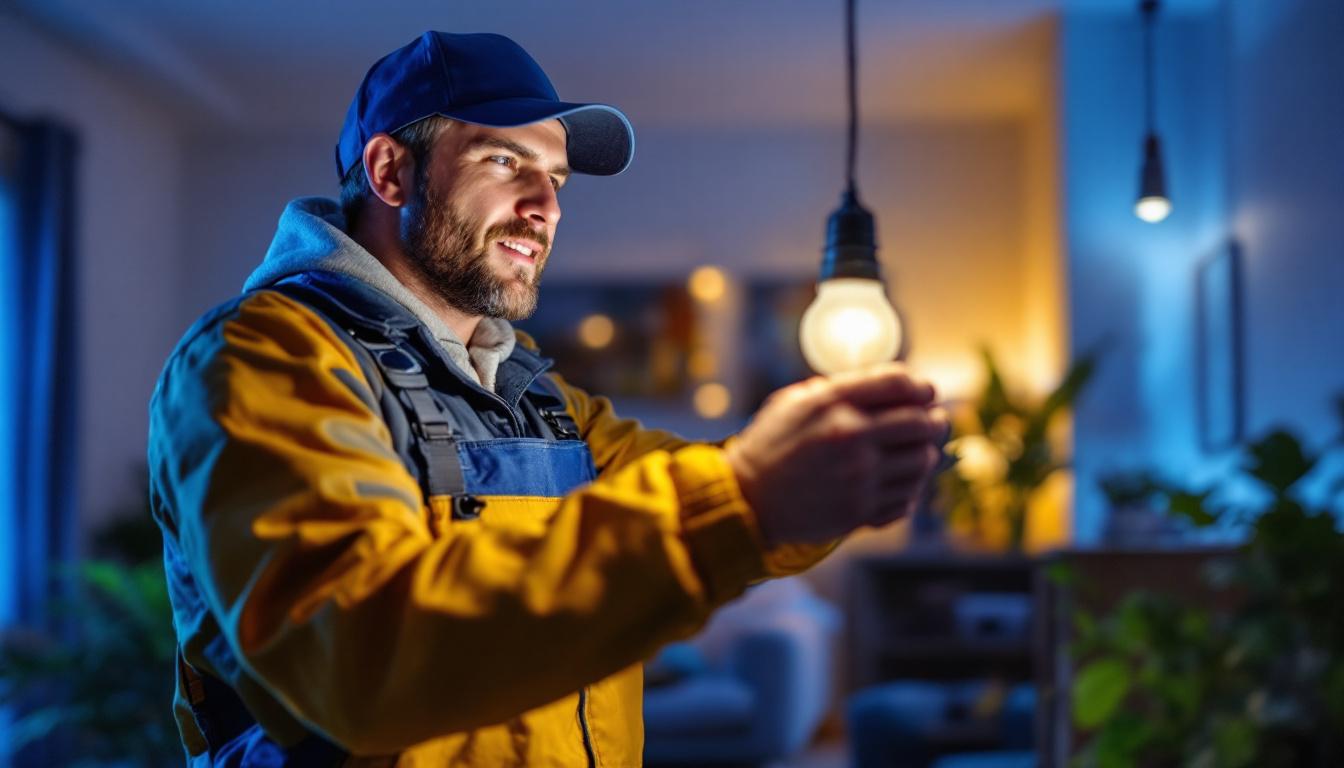
Discover the compelling reasons lighting contractors should embrace LED bulb conversions.
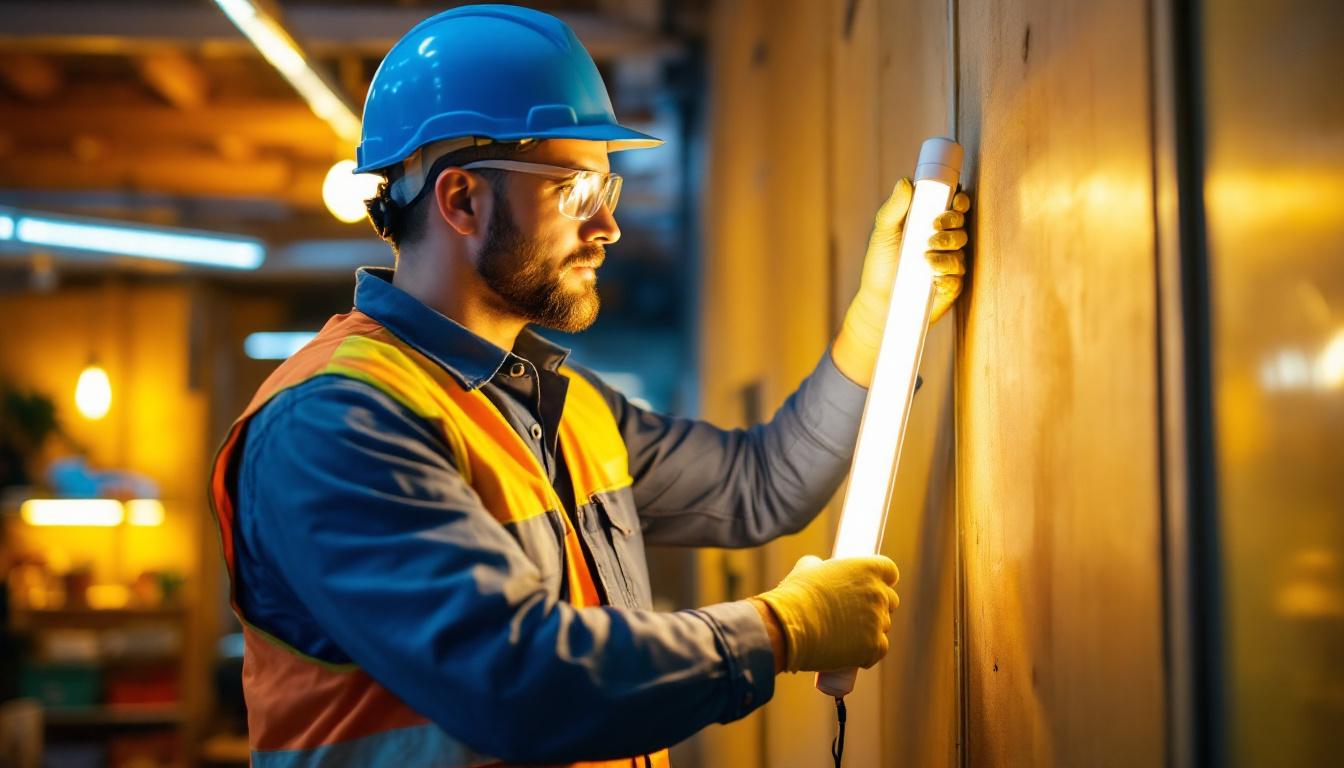
Discover why lighting contractors should prioritize 2ft fluorescent tubes in their projects.
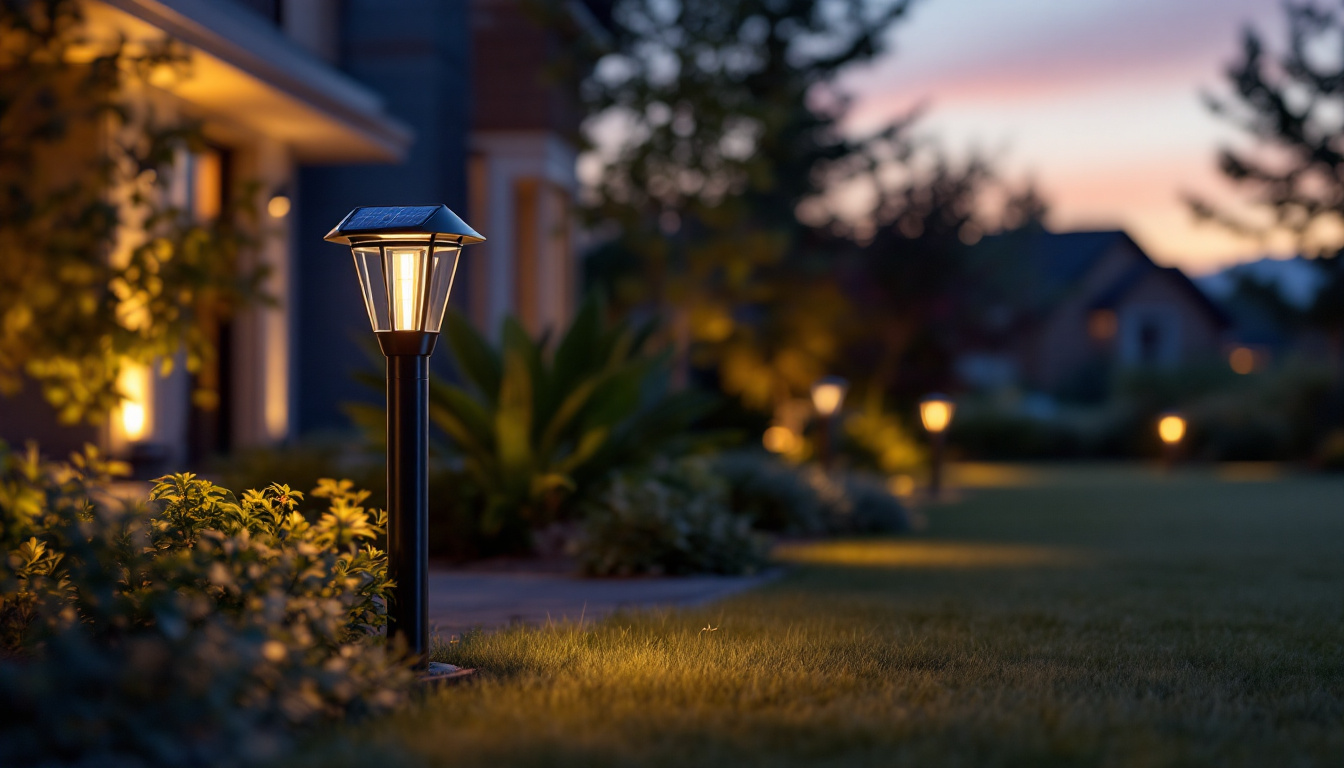
Discover essential insights and expert tips for lighting contractors on selecting and installing solar exterior post lights.